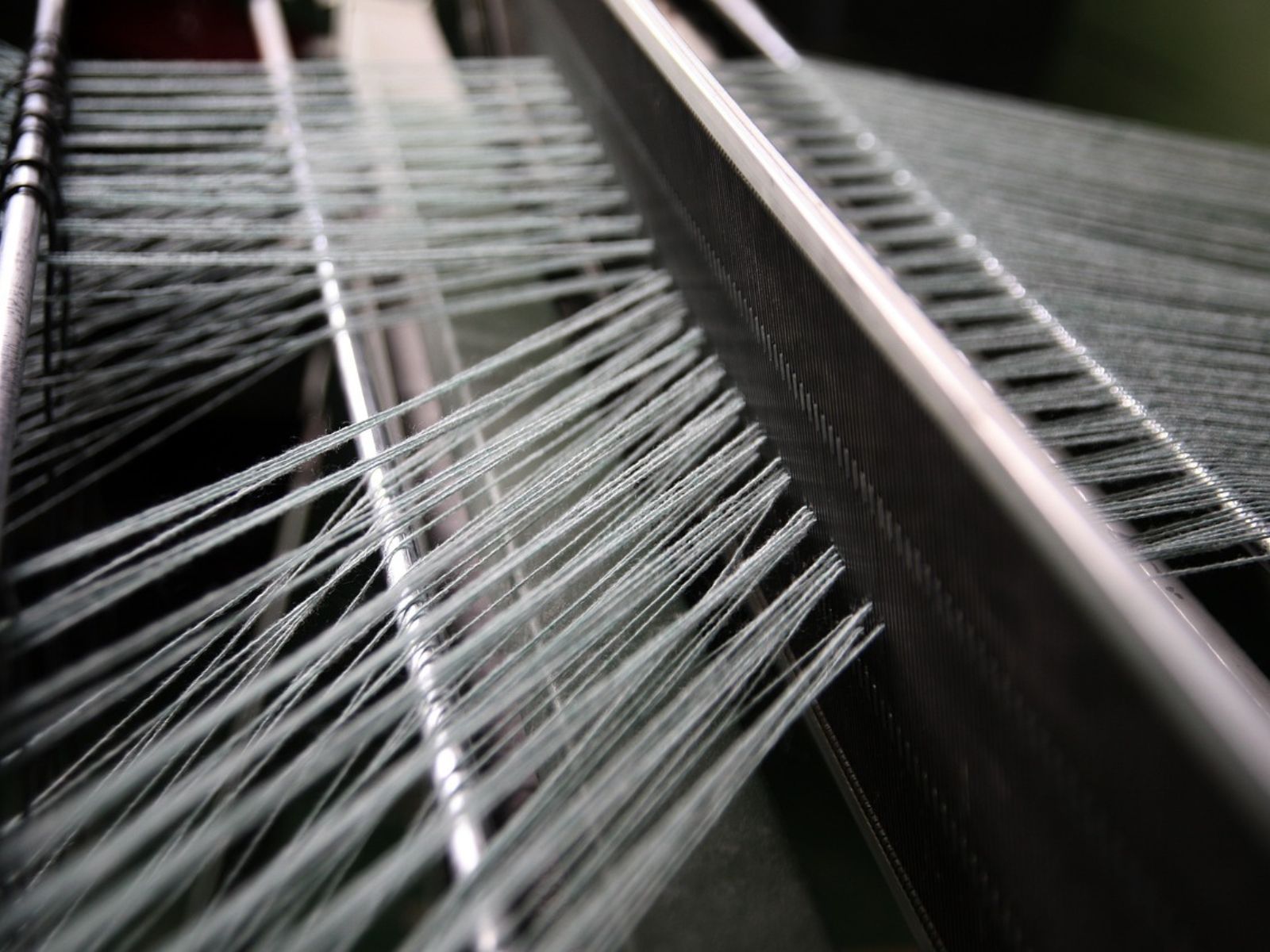Humans have used the hemp plant to make fibers for a multitude of purposes for centuries. In fact, archaeologists and historians have confirmed that ancient civilizations in China used hemp fiber to make pottery going as far back as 4,000 BCE.
Hemp fiber has a number of uses, including but not limited to:
- Making paper
- Reinforcing molded thermoplastics
- Manufacturing insulation products, fiber board, and erosion control mats
- Making clothes and other textiles
- As a building material
- Making ropes and cords
Over the years, the hemp plant has become increasingly used for other purposes beyond making fiber, with the creation of cannabidiol (CBD) products being a very notable use. Many hemp varieties are very rich in CBD, and the rise in demand for CBD products has largely transformed the hemp industry.
However, hemp fiber is still very useful for humans and global demand is stronger than ever, as demonstrated by a recent global hemp fiber market projection by researchers at Kings Research, which found that, “the global Hemp Fiber Market revenue was recorded at USD 7.55 billion in 2022 and is anticipated to grow to USD 73.55 billion by 2030, exhibiting a 33.57% CAGR over the forecast period.”
“The growth of the hemp fiber industry is backed by its growing utilization in both the pulp & paper industry and the textile sector. Additionally, the increasing inclination toward natural fibers as reinforcement further contributes to this trend. Hemp fiber stands out as a sustainable substitute for numerous conventional materials, gaining popularity across various products and applications owing to its remarkable elasticity and durability. Consequently, the hemp fiber market is experiencing rapid growth.” Kings Research stated in a press release at the time of the publishing of its global hemp fiber market projection report.
“The increasing need for hemp fiber arises from a rising preference for natural fibers as reinforcement in composite materials. This demand is driven by ecological concerns, regulatory requirements, and technological advancements. Hemp fibers are becoming a global interest in industries like automotive, electrical, construction, and packaging due to their environmentally friendly, biodegradable, and renewable properties. They are emerging as a popular alternative to traditional textiles by replacing chemical-intensive and labor-intensive production methods. As sustainable textiles gain more traction, the demand for hemp fiber in the textile industry is expected to grow significantly in the coming years.” the researchers also stated.
Kings Research determined that the Asia Pacific region leads the global hemp fiber market, “and is foreseen to witness strong growth at 37.65% CAGR over the analysis period.”
“This dominance is anticipated to continue over the review period due to a surge in the adoption of hemp fiber across diverse applications within the region, including textiles, clothing, paper, and construction materials. The growing interest in hemp fiber within the region is primarily attributed to surging environmental concerns and a growing demand for sustainable and eco-friendly products. The region has witnessed a palpable shift toward hemp fiber utilization, reflecting an increased consciousness of environmentally responsible practices.” Kings Research stated in regard to the Asia Pacific region.

